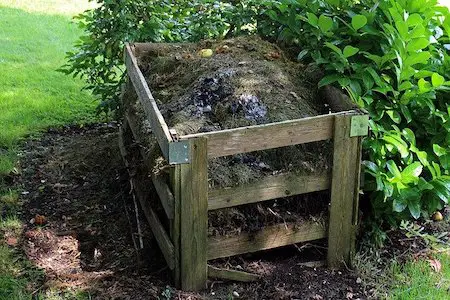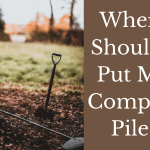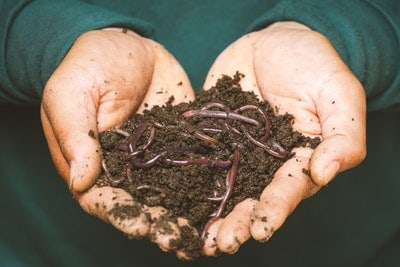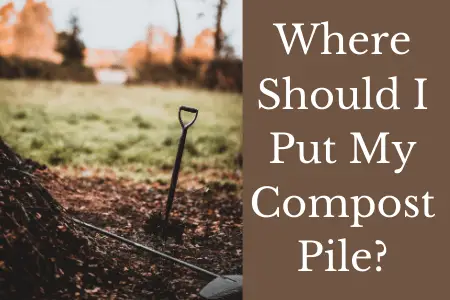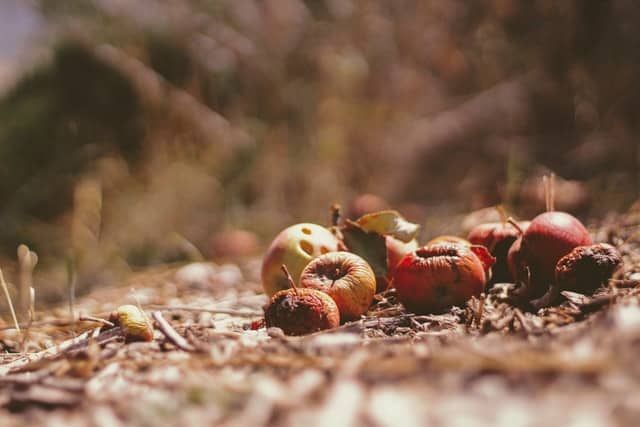Compost is a mixture of decayed organic materials like leaves, twigs and food scraps which are turned into inorganic or simpler organic materials by decomposition with the help of microorganisms. This process is termed composting.
Since 30 per cent of what is thrown away from the kitchen are food waste why not give back to the soil, enrich it into a valuable and nutrient-rich soil rather than dumping them in landfills where they rot and release methane – a greenhouse gas that contributes to global warming. This way you reduce the number of waste sent to landfills.
Composting is a simple procedure, though you have to be careful how you go about it because when composting is done the wrong way it can get messy and smelly.
What then do you need to make compost the right way?
A compost bin
Compost bin help turns organic waste into compost. When getting a bin do not go for just any bin, get a bin that will blend in with your garden giving it that aesthetic view.
Choosing a spot for the bin
The composting process happens better and quicker under sunny conditions because cold spot can slow down the process. It is better you place the bin in a sunny spot and let the sun rays heat up the compost. On the other hand, it should not be too hot or else the compost will dry out. While you avoid cold areas also avoid places with too much sunlight.

Don’t put it too close to the house just in case it gets smelly. A really good place would be at the back corner of the house. Don’t put it close to a tree, it’s possible for the tree roots to sap the nutrients out of the compost. The compost should be placed at a good draining spot to allow excess water to drain out.
This means the bin should be placed on the soil which will help worms and other beneficial organisms to gain access to the compost because they play a vital role in the decomposition.
Making the compost
Now, you have to do your compost right if you want to avoid it getting smelly and messy. Some people say there’s no right way to make compost, that’s true in a particular context because your waste will compost anyway. Only that it might it will get smelly and messy which can be avoided if done the right way.
There are things you should put in your compost bin and things you should never put in your compost bin. Putting the unwanted stuff can lure pests into the bin and create really pungent smell.
Things you should compost are;
- Dead leaves, branches, twigs.
- Fruit and vegetable waste.
- Grasses.
- Eggshells and nutshells.
- Coffee grounds.
- Chopped woods.
- Shredded papers and cardboards.
- Fireplace ashes.
It’s important to know that onions, garlic, citrus peel chase earthworms which are vital to the decomposition of the compost. Things like leaves, eggshells, nutshells, chopped woods, shredded papers, cardboards will take a while to turn into compost.
Things you should never compost are;
- Meat or fish.
- Dairy products.
- Oil, fat, grease.
- Faeces from dogs or cats.
- Diseased plants.
- Weeds that later become seeds.
- Eggs.
Dairy products, oil, fat, meat, fish, eggs can attract pests and cause odour problems.
Faeces from dogs or cats might contain harmful bacteria or viruses. The disease on the infected plants may survive and be transferred to other plants.
Lining your Compost Bin
Now that you know what should go into your compost bin and what should not, let’s take a look at what you should put at the bottom of your compost bin, what should come on top and what should lie in-between. Getting your compost mix right is the key to making good compost.
Starting with the bottom, the soil sits comfortably at the bottom of a compost bin. It does not matter if it is a bottomless bin that is placed on a soil or a pile of soil is poured into the compost bin. Whichever method used, what matters is that the soil has the necessary microorganisms to decompose and turn everything in the bin into a compost.
However, it is easier to remove finished compost from a bin with a bottom than the one placed on the soil especially if you have compostable lining beneath it. Still, finished compost from the bin placed on the soil can be shovelled out. Once you have the soil in place, the next thing that goes into your compost bin is the brown materials.
The brown materials include the dead leaves, twigs and branches. Since these materials are carbon-rich, they supply the decomposers with a food source. The brown materials also allow air into the compost pile for the aerobic organisms to breathe and survive.
The next thing that goes into your compost bin is the green materials. The green materials include coffee grounds, fruit and vegetable waste. The green materials are nitrogen-rich which they supply to the decomposers. The decomposers will use the nitrogen to breakdown the carbon and the only way for nitrogen to come in is through the green materials.
Some times, the brown materials and green materials are combined together; the brown materials first, the green materials on top of it and other brown materials on top of the green. This layering technique makes sure no food scrap ever shows. That means no pest or flies.
Now you’ve got your compost bin all set up.
To enhance the decomposition process, you can sprinkle some water on your compost. Every living thing needs water and in this case the microorganisms. Be careful not to add too much water so you don’t end up having a waterlogged compost which will rot and smell.
And finally, turn the compost pile with a garden fork whenever the centre of the pile has heated up. You can use a thermometer to monitor the temperature of the compost. Turning the compost speeds up the decomposition process and makes sure the process is happening evenly.
This way you will be able to create compost pile the right way – avoiding a messy and smelly compost.

